Unless you have been hiding out, possibly on the moon, for the last twenty years you know that getting too much sun can cause deadly melanoma cancer, which is why you should always put on sunscreen to protect yourself in the sun, right?
Actually, despite the conventional wisdom on the subject, this is not exactly true.
The fact is that sunscreen is often ineffective in preventing melanoma, and can often indirectly be the cause of cancer. Not only that, but getting the right kind of sun exposure can arguably prevent skin cancer!
Say what? Sunscreen use is linked to skin cancer?
That probably comes as a surprise if you have been told the exact opposite all of your life, and it may lead you to feel a little bit confused.
So let’s separate the facts from the fiction.
Let’s be straight: melanoma can be deadly if it isn’t caught quickly enough. It is the leading kind of skin cancer in the United States.
But using sunscreen is not an effective way to prevent it. In fact, using sunscreen can put you more at risk for developing melanoma cancer. Here’s why.
First, it’s important to understand the difference between the long and short rays that reach us from the sun. Long rays are called UVA rays, and the short ones are called UVB rays.
The short UVB rays have a more immediate surface effect on your skin and can cause sunburn pretty quickly. They also help facilitate the production of skin-cancer preventing vitamin D in the skin. The long UVA rays penetrate more deeply into your skin and can cause melanoma cancer lesions to form.
Most sunscreen works to prevent sunburn, which means that it is formulated to block out UVB rays, the shorter rays. But it doesn’t protect as well, and in many cases it doesn’t protect at all against the longer UVA rays.
So if you put some sunscreen on and go lay outside in order to get a tan, you stay out longer because you have protected yourself against the risk of getting sunburn. However, unfortunately, the longer you stay out in the sun without the protective effects of the UVB rays, the more you increase the risk of getting cancer, due to exposure to UVA rays.
Conversely, people can develop melanoma without going out in the sun at all.
This could be due to exposure to UVA rays through windows in office buildings, which also tend to block vitamin D producing UVB light. (source)
In fact, according to a study published in the Lancet, “Outdoor workers have a decreased risk of melanoma compared with indoor workers.” That same study theorized that “chronic sunlight exposure can have a protective effect.”
So just how does this work? Why is sunscreen use linked to cancer?
The UVB rays that you block when you put on sunscreen are the same ones that help your body create vitamin D, and vitamin D helps to prevent the onset of skin cancer.
Wild, huh?
The same thing that’s true of sunscreen may also be true of the indirect sunlight that we get through windows (which block UVB rays, but not UVA rays):
“We hypothesize that one factor involves indoor exposures to UVA (321–400nm) passing through windows, which can cause mutations and can break down vitamin D3 formed after outdoor UVB (290–320nm) exposure, and the other factor involves low levels of cutaneous vitamin D3.
After vitamin D3 forms, melanoma cells can convert it to the hormone, 1,25-dihydroxyvitamin D3, or calcitriol, which causes growth inhibition and apoptotic cell death in vitro and in vivo.
… We agree that intense, intermittent outdoor UV overexposures and sunburns initiate CMM [cutaneous malignant melanoma]; we now propose that increased UVA exposures and inadequately maintained cutaneous levels of vitamin D3 promotes CMM.”
(source)
In short, the very sun exposure which can cause skin cancer in the wrong set of circumstances (repeat, intense burns particularly in early childhood) can also prevent skin cancer in the right set of circumstances (healthy vitamin D production).
This also explains why melanoma rates are actually higher in latitudes where people get the least exposure to the sun (above 40 degrees), even when they wear sunscreen:
Populations further from the equator tend to have lighter skin. Melanin blocks UVA very effectively, and the pre-tan melanin of someone with olive skin is enough to block most of the UVA that sunscreen lets through. The fair-skinned among us don’t have that luxury, so our melanocytes get bombarded by UVA, leading to melanoma. This may explain the incredible rise in melanoma incidence in the US in the last 35 years, as people have also increased the use of sunscreen.
(source)
Put simply, when you use sunscreen you are in essence letting in the “bad” light, and blocking out the “good” light.
In fact, there is evidence that a deficit of vitamin D may be one of the primary factors that can put you more at risk for developing skin cancer. (source)
So, how can you get safe sun exposure?
One of the best ways of getting vitamin D is directly from the sun. It is important to get the right dose of sunlight, and not to overdo it.
If you are light-skinned, the right dose usually means staying in the sun until your skin has a pink tone, but avoiding sunburns.
With time, these multiple, short exposures will increase the melanin in your skin, giving you a tan. The tan, in turn, will naturally block UVA rays while allowing UVB rays to penetrate the skin and induce the production of protective vitamin D.
When my own family “turns pink,” we use this trick to ensure that our skin doesn’t burn and instead turns into a nice tan.
Risk for melanoma cancer also depends, as briefly mentioned, on how far you are from the equator. There seems to be an increase in the effectiveness of sunscreen in reducing the risk of melanoma depending on how close one is to the equator. Sunscreen seems to be more effective for people who are closer to the equator.
But I’d wager that for most people in the United States, sunscreen can put you more at risk for developing skin cancer. That’s because of our overexposure to UVA rays (thanks to windows!) and our underexposure to UVB rays (thanks to our indoor lifestyles).
Thoughts?
FOR FURTHER READING:
Should You Use Sunscreen?
(photo credit: depositphotos)
 |

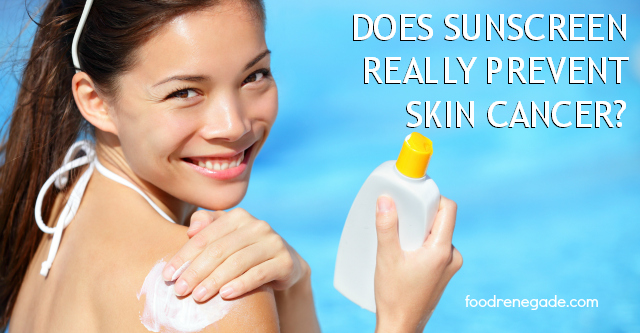
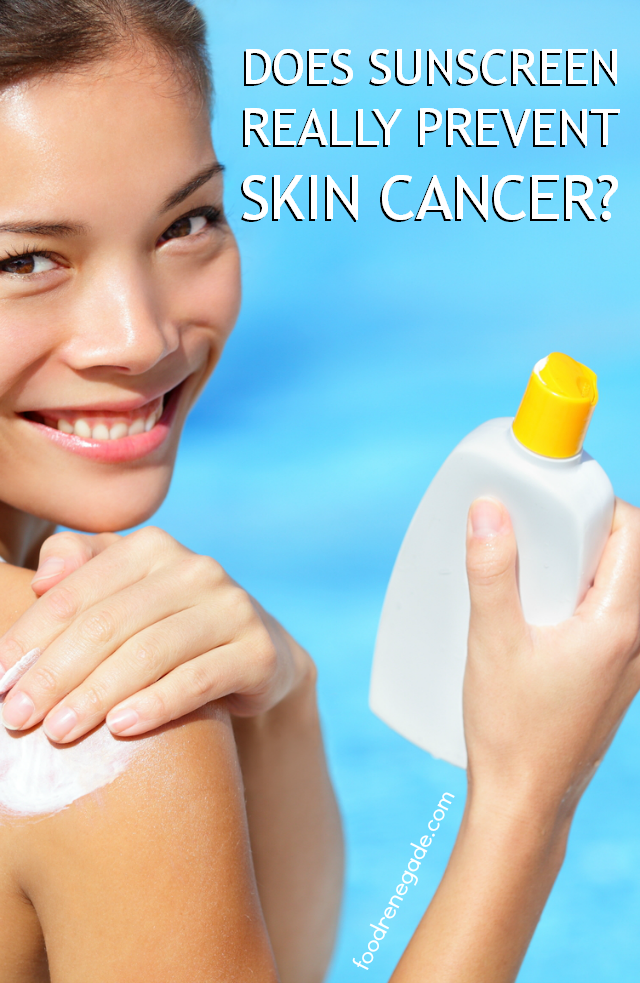
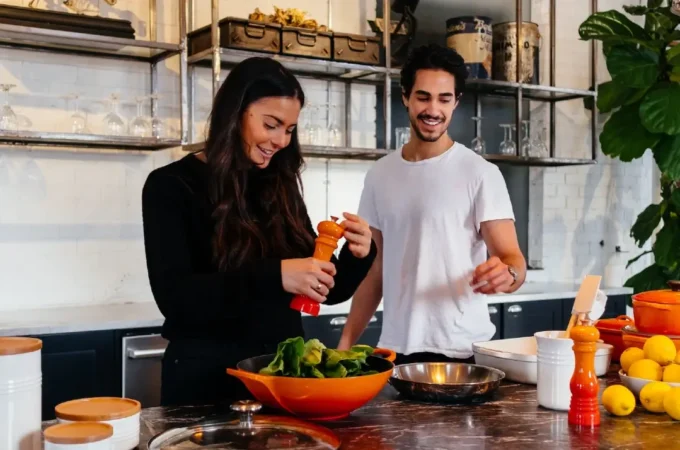

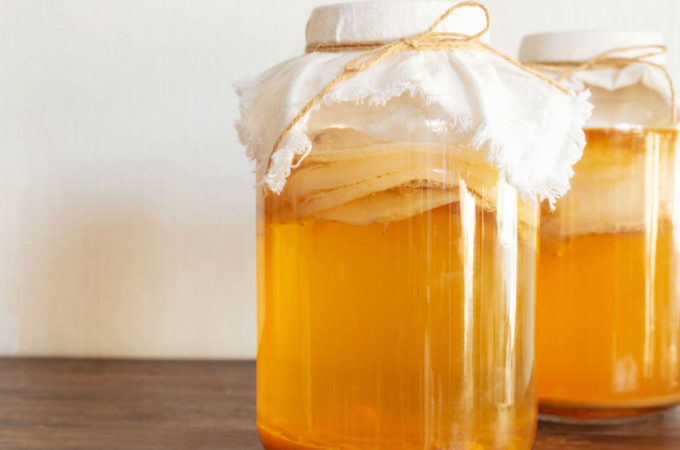

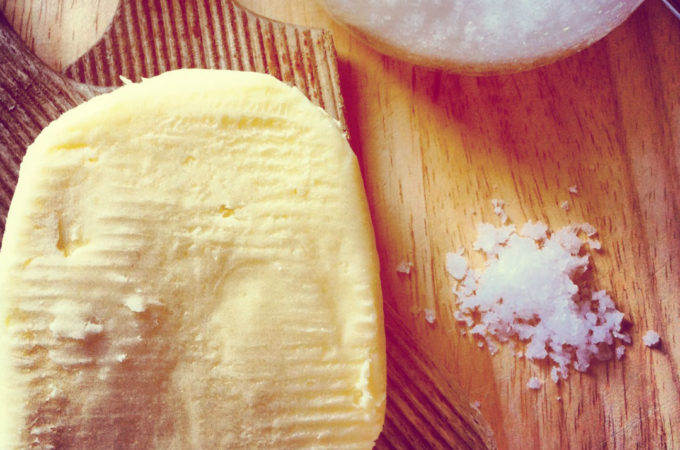
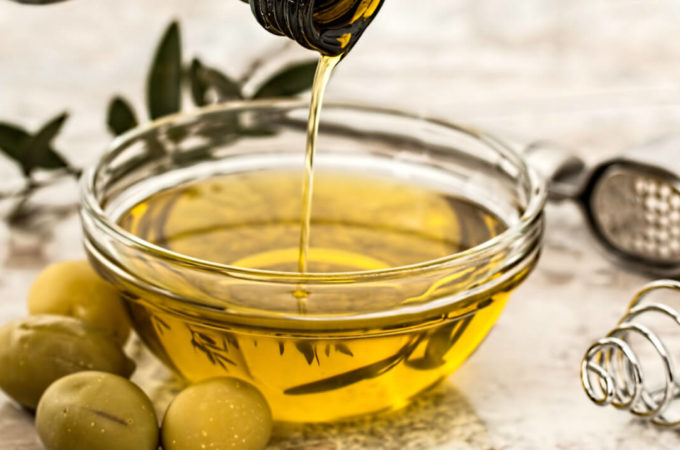
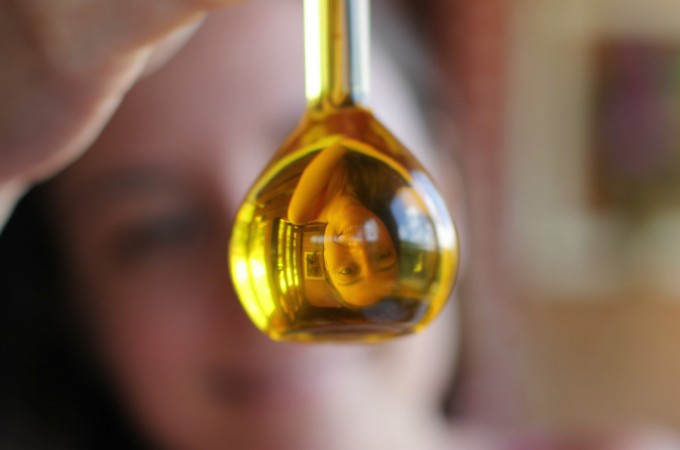
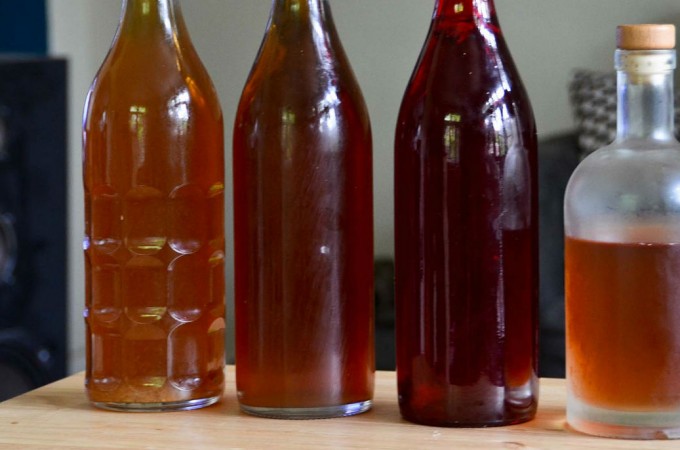
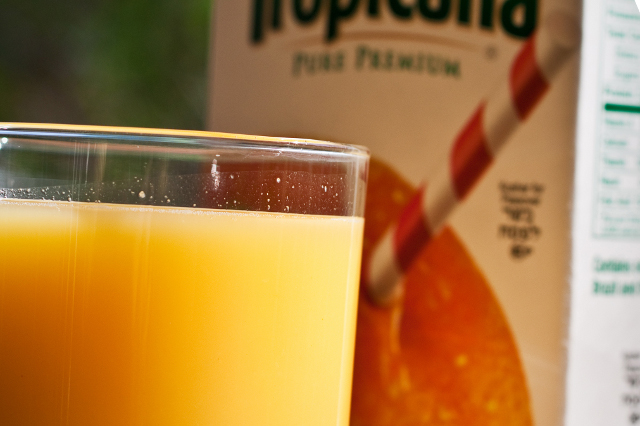

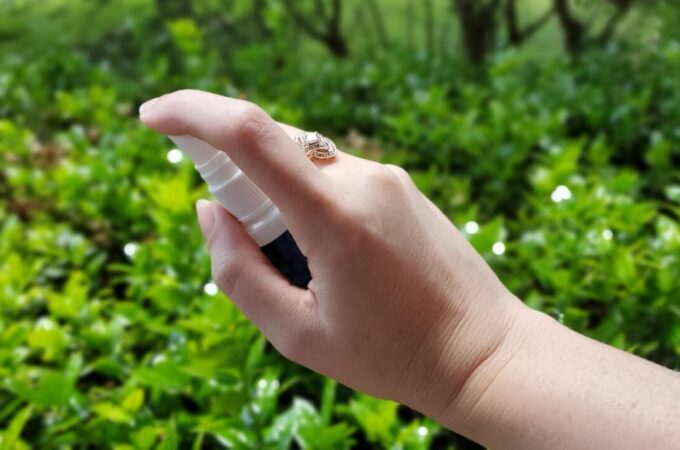

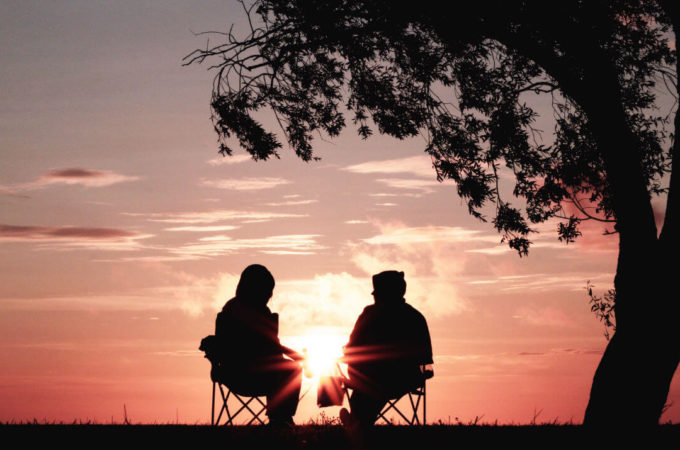


Great post!
What about sunscreen that specifically says it has UVA & UVB protection? Would this same information in your post apply?
Does the information in your post apply to all sunscreen – chemical, and natural/zinc oxide?
Hey there, I’m able to answer your question.
Sunscreens that protect against UVA&UVB are “full-spectrum” and do indeed block out UVA as well. The problem is that many chemical sunscreens that block UVA are not “photostable” which means that they produce reactive oxygen species (ROS) that go on to interact chemically with skin cells and cause damage. So, no burn, or even UV exposure, but your skin still gets damaged.
There are some new sunscreens that are more stable, but you never really know. Researchers are always figuring out that some ingredient they’ve been using does something weird when exposed to UV radiation.
Physical sunscreens (like the zinc oxide you mentioned), are a bit different. They are much more stable in UV radiation, and more of them block the full spectrum (titanium dioxide does not, but zinc does). They’re probably your best bet, but the problem is that they leave a chalky residue that people don’t like. There are ones where they zinc oxide is broken down into particles small enough to not be seen (nanoparticles), but then they might be losing stability again at that level, and can be damaging when breathed in. Overall, still a better bet, but if you must, go for the ones where you can see the chalky zinc oxide.
Overall, it’s best to increase your resistance to the sun through behaviour and diet. Please see:
http://www.sustainablebalance.ca/sunburn-resistance-through-diet/
and
http://www.sustainablebalance.ca/sunburn-resistance-through-behaviour/
Enjoy the sunshine!
This sounds interesting. I always wondered how people in tropical climates survived before sunscreen came along; but then again, people in tropical climates rarely sunbathe. They always try to limit exposure to the sun (through clothing, by seeking shade, etc.)
Excellent post Kristen!
This is something I have been writing about as well. I really appreciate that you are getting the word out! For my take on why sunscreen is to be avoided, please see:
sustainablebalance.ca/the-dark-side-of-sunscreen/
What do you think about broad spectrum sunscreens with zinc oxide in it that is non-nano? Do you think all sunscreens are not to be used or is this mentioning just conventional sunscreens?
This seems like very dangerous and irresponsible advice to give. The amount of vitamin D the skin produces is minimal and you need to actually ingest vitamin D to get the amount your body needs on a daily basis. That’s why vegans usually have to take vitamin D supplements since they aren’t getting it from dairy products and their bodies obviously aren’t producing enough just being outside. The safe way is to use a UVA/UVB protective sunscreen (without the benzene and other chemicals) and reapply it instead of laying out extra long because you used the higher protection rating lotion. I agree with the mindset of using less chemicals every day, but cancer is a threat you have to protect yourself against.
Vic, the body is actually capable of producing a lot of vitamin D from sunlight, however modern society contributes to a few problems. Many do not get enough sunlight to begin with, especially in the winter months, and when they do, they prematurely wash off the vitamin D formation from their skins with soap, prevent it’s formation with sunscreen and clothes or they may not get enough cholesterol in their diets to help manufacture vitamin D. The vitamin D in dairy is added vitamin D the food manufacturers add. The quantities are measly, typically 100 iu per one cup of milk. Vegans aren’t the only ones with vitamin D deficits and it isn’t necessarily because of a lack of dairy.
Vic,
The Food Renegade is not a Vegan.
WOW! Thanks for the eye-opening info. So much misinformation out there. Now I understand why my doctor advised I get more sun. Too bad he didn’t mention stay away from sunscreen.
This is interesting. I don’t care for all the chemical stuff in sunscreens and wanted a more natural alternative. I found that even the most natural stuff on the market was causing a rash on my second son. Then we read about coconut oil and have been using it ever since. We do not put it on until the sun is high in the sky and our kiddos chances of burning are higher. They both have nice tans and we feel good about not putting chemicals on them. Thank you for adding more info for us to share when people think we are “weird.” Haha
I have been curious if sunscreen was helpful or not. My reasoning was the chemicals involved. Thanks for the info. Its something to look into. I don’t put it in at all. But my child’s is fair skinned. I only put it in her if we r going to be out a long time and in the water. So this info makes me feel better about my decision to take it easy on the sunscreen.
Excellent article! … when I became educated on the ingredients in Sunscreens I pretty much cried, so I decided to make my own. You’d be amazed at all the Fruit Oils and Essential Oils that do a GREAT job! so good that I sometimes complain I didn’t tan enough. To name a few.. Buriti Oil, Carrot Seed Oil, Rosehip Oil, Coconut Oil, Essential Oils of Lavender(that one on its own is amazing!!)and Peppermint. Combine those together(research, there’s even more!). Make sure they are all Organic! You might want to avoid the Peppermint Essential Oil for kids. I love it’s addition as it keeps the skin cool. Heat? heat what?
Why not use a non nano zinc oxide home made sunscreen for long exposures?
I’m a redhead, with a pretty fair complexion. I used to burn all of the time during the summer. A teenager. I used to have terrible cystic acne on my back and chest, and went on antibiotics. The antibiotics make your skin more sensitive to sun. I started to research alternative treatments to acne, and that’s when I learned about real food. After learning about the harmful effects of antibiotics (especially antibiotics over prescribed like the ones they use to ‘treat’ acne) I immediately stopped taking antibiotics and started taking supplemental probiotics 3 times a day. That, and changing to a 98% completely clean real food diet, along with making my own fermented foods (kombucha, kvass, saurkraut) switching to raw dairy (I was vegan for awhile) and going gluten free has nearly healed my skin entirely. I normally have a beautiful complexion now unless I go on vacation, where I have to be less picky on the foods I eat (grains more often, meat from restaraunts etc). I have also noticed, through out the summer, I have not sunburned ONCE and have never worn sunscreen. What a miracle! I went on a missions trip, and during that we worked with kids on playgrounds in the desert. The only thing I did, when I felt it was absolutely necessary, was rub coconut oil onto my skin. This year I have been outside I think more than I have ever gone outside. I’m out there for 3-4 hours of the day sometimes, if not more. I have tanned more than ever before this summer, and I have to point to Real Food and Yah’s gifts to us through His creation! Thank you Kirsten for your wonderful articles you provide for us!
Jessica, I enjoyed reading your story. It’s always inspiring to others when someone tells how they’ve overcome certain health issues by learning to eat real foods and get off any drugs they’d been taking. Also, glad you aren’t a vegan any longer. We were ‘almost’ vegetarians for awhile when we had trouble finding sources for pastured beef, chickens, eggs, and raw milk. Thankful to God for helping us with that.
I also spend a lot of time outside in the garden and yard and although I do protect my face with a hat (well, usually) I don’t apply anything unless sometimes a little coconut oil, and we consume lots of it as well. The best time for Vitamin D3 to be absorbed is before and after 12:00, when the sun is overhead. That’s in direct violation of what I learned when young…avoid the sun then at it’s hottest. Even so, it’s best to have more skin exposed than normal, as just being on the arms and legs doesn’t do much to absorb the Vit. D. The torso should be exposed for best results. Like you, I love being able to enjoy His creation.
Good article. We quit using sunscreen several years ago after learning how many of the things that are applied to the skin are more harmful than good. They go right into your blood stream and using them time and time again, can cause lots of damage to the body.
We eat a very healthy diet, use coconut oil, along with supplements and tan slowly. My husband, who was very light skinned when young, burned so easily, and avoided the sun when he could but now, we both develop a nice tan. Most importantly, we know we’re getting our Vitamin D3.
Last wk. on the news, I heard a doctor say the best thing is to avoid the sun totally – all the time!
I guess now we see the industry’s REAL agenda.. To turn us all into vampires!
🙂
I am a 5-year kidney transplant recipient.The anti-rejection drugs I must take for the rest of my life give me a 36% higher risk of skin cancer. My doctors told me to use sunscreen ALL the time (I do MOST of the time.)
After I read your first article, I searched for a sunscreen without Oxybenzone. I found one, but this next article lead me to confer with my transplant team. I sent a link to your article, and this is the response I received:
“Well, going back to the original study … ‘there was no statistically significant effect of use of sunscreens on risk of melanoma’
The article Gaylene linked to had several factually incorrect statements, however it is possible that better protection from UVA would provide better protection from melanoma (which is NOT the most common type of skin cancer – in transplant patients, or anybody). Sunscreens – and ones containing oxybenzone are probably the most abundant – do protect against basal cell and squamous cell carcinomas which, although not as likely to kill someone, are much more common than melanoma, in both transplant and non-transplant patients.”
I’m still a bit confused, but thought I’d toss into the discussion what I heard from my transplant doctor.
According to leading cancer researcher, David B. Agus, MD researchers do not know enough about Vitamin D and it’s related pathways to actually confirm that it prevents cancer.
From another of my transplant doctors:
“In transplant patients Squamous cell CA is the one to prevent by using sunscreen. Melanoma issues are separate and I think the ad is very simplistic.”
This explains things better. For me, at least. I was not even sure WHICH skin cancer I was trying to prevent until now!
I do appreciate your articles, Kristen. They make me delve deeper into what is best for my body. Thank you.
Great article, one that I have bookmarked and shared with many!
From an evolutionary standpoint there must be an advantage to having “hairless” bodies. My conclusion is that it has to do with absorbing sunlight.
Another issue may be too frequent bathing (in Western cultures) using detergent cleansers which change the pH of the skin, inviting hostile bacteria to colonize instead of healthy flora which probably helps reduce inflammation caused by too much sun through anti-oxidant activity.
Our sebum also has an spf factor that protects our skin from environmental exposure. This mantle gets washed off each time we bathe. Could too frequent bathing also be a culprit for rising cancer rates?
No, sun screen causes skin cancer. It alters the way humans received sun for thousands of year.
According to skincancer.org and other credible resources, (http://www.skincancer.org/healthy-lifestyle/vitamin-d/the-d-dilemma and http://www.skincancer.org/healthy-lifestyle/vitamin-d/make-vitamin-d-not-uv-a-priority), sunscreens which use physical blocks like zinc oxide (chemical sunscreens are controversial) are effective in protecting against harmful sun rays (UVA) while, in some products, not blocking UVB rays. Yet UVB rays are the ones known to cause cosmetic damage.
Ultimately, these credible sources do also claim that the amount of UVB rays necessary for vitamin D production is very little, and that since sunscreens which use even UVB protectors aren’t 100% effective, you will still be getting the amount of UVB rays needed for as much vitamin D production as is necessary through the sun. The rest of the focus should be on getting a healthy amount of vitamin D through one’s diet.
I appreciate your insight into sunscreens, but I think your approach might not be fully informed or the best for you and your kids (especially since you have lesser melanin in your skin than darker-skinned individuals). Sunscreen itself is not bad- as others have mentioned, a simple solution is to make your own sunscreen buying non-nano zinc oxide and mixing it with a preferred moisturizer so that there are no UVB blocking ingredients (or you could have those as well, since credible sources state even the amount of UVB rays you get while wearing sunscreen is enough to produce vitamin D). I guess what I mean to say is it’s probably best to not throw the baby out with the bathwater. I say all this with respect and hope only to offer my 2 cents! Cheers and warm regards,
~Mint.
Ok I appreciate and try to limit the amount of sunscreen I use, try to use natural brands, cover up etc. But I have to call BS on avoiding sunscreen altogether. Are any of you out there of the pale Irish decent like myself? I burn after about ten minutes in the sun. I enjoy my outdoor time and even with avoiding peak sun times and covering up and using sunscreen I STILL will fry in any little spot that is missed. There is no ‘just till you turn pink’ there is no tan. Some of us are either pale or burnt and this set has to be very vigilant about wearing sunscreen as we are the highest risk for skin cancer. I see a dermatologist once a year and he constantly stresses the importance of wearing a good zinc oxide sunscreen no matter what. Skin cancer is real and it’s also genetic be sure to know your health history and INDIVIDUAL risks and speak to your doctor before abandoning sunscreen altogether. If not for yourself especially for your children. Be objective in everything, this is not limited to advice from doctors or media but also from your favorite bloggers. Never take off that thinking cap people!
I am torn. My daughter who is now is 24 had a in situ melanoma removed from the middle of her back when she was 18. It was a tiny little black spot on a mole the size of a head of a pencil. She had some stomach issues that year and had blood work that showed she was extremely low on vitamin D. My daughter does not tan and burns within a half hour or so in the sun. We have used sunscreen for the last 20 years or so to avoid getting burnt. I have just recently heard about not using sunscreen and that we should be getting our vitamin D from the sun. I don’t want to take the risk of the sun exposure but I also know that we can’t live scared and stay inside the house and miss out on the benefits of going out doors.
As mentioned earlier, most sunscreens may not filter out the more damaging UVAs, unless it also contains a UVA block. You will still be exposed to harmful UVA rays, even if you don’t get burned. Besides preventing vitamin D production, sunscreens are problematic for other reasons as well. So it is best to have Vitamin D rather than sunscreens.
I use SunUp by PLO. Love it!
I don’t know if it protects from skin cancer, but I do know that it runs off into the ocean and provides corals with UV protection which they not only don’t need, but it kills them.
This sounds like pseudo-crock. I see no scientific research here.
Sunscreen (broad spectrum, non-nano mineral type) keeps my fish-belly-pale skin that does not EVER tan from burning, blistering, and scarring. That is miserable enough that I put on the sunscreen if I’m going to be outside for more than 15-20 minutes. I’m already at extremely high risk for skin cancer because my family “didn’t believe in” sunscreen (it wasn’t as big a thing in the 70s as it is now) and did believe that you should get a bad sunburn at the beginning of each summer to “toughen up your skin”. I got several blistering burns every summer up until I was 15 when I started working and could buy my own sunscreen. I’ve already had several moles carved off, I’d prefer no more of those ugly scars!
Another factor you are overlooking in the increasing rates of melanoma and other skin cancer types – particularly in populations at and above 40 latitude – is that they are exposing themselves to the sun for very long periods of time above and beyond what is safe regardless of sunscreen use. Outdoor activity is very high in these latitudes – especially during the summer months. Even in the winter months, snow cover provides a double-hit of UVA and UVB from reflection. Sunscreen may be giving them a false sense of security in all seasons – that they can spend these longer amounts of time in the sun without consequence. Just watch a baseball game played during the day in the summer months – look at the stands – filled with very light-skinned people with or without sunscreen on – sitting in the sun for 3 or more hours. Day after day this goes on….
Idiot advice, from a woman who is not a doctor and not qualified to give medical advice. Go talk about Kant and Buddhism lady.